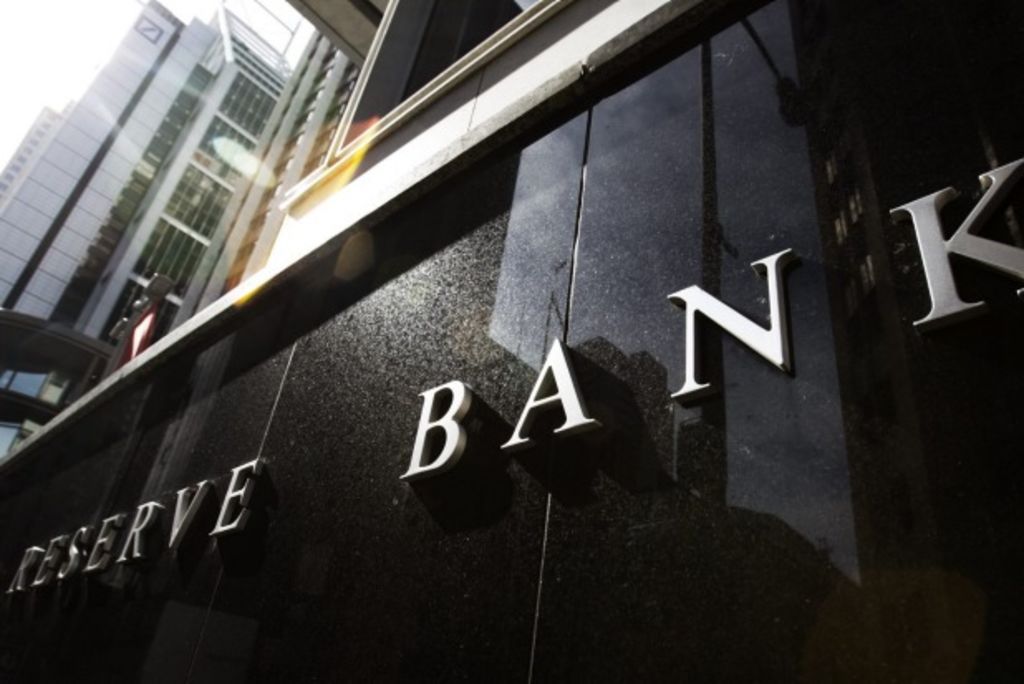All eyes are on the RBA

The decision by the big four banks to raise interest rates has borrowers anxiously awaiting an announcement from the Reserve Bank of Australia.
This scenario differs from other rate rises because the banks have led the charge, raising variable mortgage rates independently of the RBA. This move has set off alarm bells for some borrowers, with many viewing it as a sign that rates will continue to rise regardless of the RBA’s activities. The banks have responded to these concerns by citing new regulations that require them to hold more capital as a safety net for future potential financial crises.
While speculation around the fate of the official cash rate is rife, nothing definitive can be said until the Reserve Bank’s board meeting on Tuesday. At this meeting, the RBA will decide whether the official cash rate remains at 2.0 per cent or drops to a record low of 1.75 per cent. While it is the preferred scenario, if the cash rate drops to 1.75 per cent there’s no guarantee the banks would pass these savings on to customers by cutting their own rates.
Every day, the ASX releases figures via the RBA Rate Indicator that shows the percentage of the market that expects an interest rate decrease and the percentage that expects there to be no change to the rates come Tuesday. Its figures show the prevailing uncertainty: on October 27, the market expectation of “no change” to the official cash rate was 69 per cent, but the next day this expectation had dropped to 33 per cent.
It is important that borrowers don’t make rash decisions. In the wake of interest rate rises, the knee-jerk reaction is often to switch to a fixed rate home loan without thinking about the impact this will have on your investment in the future. Other borrowers believe that selling their property is the best course of action, which ultimately means they lose the opportunity to make the money they originally hoped for.
If you are concerned you don’t have the right loan structure it’s time to seek advice. Overall, mortgage brokers are the best educated and have the highest financial standards in the sector, and are therefore best placed to help customers meet their needs. Banks can only offer their own products, which may not be aligned to your needs. In contrast, brokers, depending on lender accreditation, can have access to up to 500 different lender products.
Brokers handle more than 440,000 loan transactions each year. They can talk you through the pros and cons of a range of products, allowing you to make a sound decision based on your circumstances.
Another key benefit of building a relationship with a broker is that they not only understand your financial position, they also come to know your personal circumstances and as a result can foresee potential risks and adjust your products accordingly.
While it’s understandable for borrowers to be rattled by rate changes, it’s important to have a long-term plan and not to react abruptly to rate changes. To keep things in perspective, we are still enjoying historically low interest rates and a booming property market. The opportunities for owner-occupiers and investors are sizeable and should not be downplayed by fluctuations in interest rates.
Siobhan Hayden is the chief executive of the Mortgage and Finance Association Australia (MFAA)
We recommend
States
Capital Cities
Capital Cities - Rentals
Popular Areas
Allhomes
More







